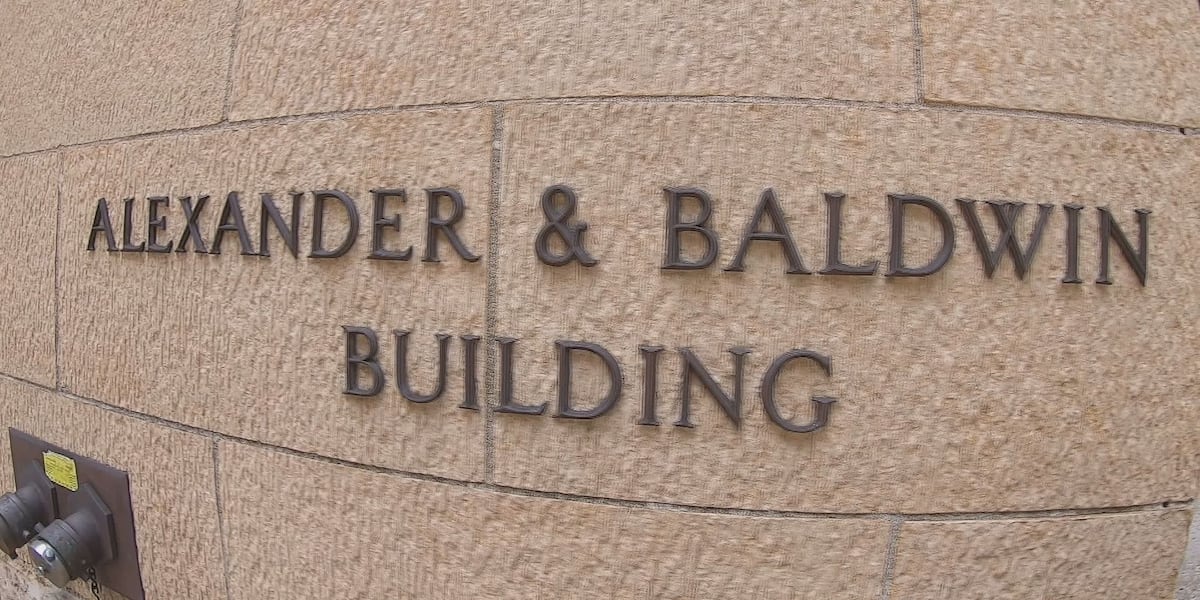T
o keep Ashland from becoming a beloved but unaffordable town, we must let go of some habits. Every community faces tough talks, and for Ashland the most pressing is affordable housing. We all claim to want homes for teachers, service workers, young families, seniors, and the next generation who wish to stay. Yet the choices we keep making, even with good intentions, are not moving us toward that goal; some even push us back.
Consider the latest buzz: 50‑year mortgages. On paper they promise lower monthly payments, easier entry into homeownership, and more people can say, “I finally did it.” The appeal is real. But the cost is steep. A 50‑year loan delays equity buildup, keeps homeowners underwater longer, makes selling harder, and limits refinancing options. A $500,000 purchase with a 30‑year mortgage would cost $608,290 in interest; with a 50‑year plan, interest climbs to $1,247,877. In the first decade of a 50‑year mortgage, the borrower would still owe $482,820 on the principal—far from the stability we need.
Our building standards, though well‑intentioned, add layers of cost. Energy‑efficient, green, sustainable designs benefit everyone, but each new requirement raises construction expenses, and higher costs translate into higher home prices. The market is being asked to deliver both environmental and affordability goals without the flexibility or tools to do so.
Then there’s the reluctance to change. We cherish Ashland’s charm, quiet corners, and cozy neighborhoods. Yet when a new apartment complex or townhome project is proposed, the same concerns surface: traffic, noise, parking, and “neighborhood character.” Some worries are legitimate, but many are “not in my backyard” disguised as community protection. If every block says “no,” where do we put new housing? Who are we excluding?
If we want young people to stay, working families to root themselves, and to transform Ashland from a beloved but unaffordable place into a livable one, something must shift. We cannot claim to value affordability while blocking the very changes that create it.
There is no single silver bullet. No single policy, loan program, or zoning tweak will solve the problem. Small, bold decisions layered together—requiring flexibility, imagination, and a willingness to step out of comfort—will. Ashland has thrived when we act with compassion, creativity, and openness to growth. To secure a future where children, grandchildren, and essential workers can truly live here, we must be bold enough to rethink today’s choices.
Carrie Dahle, Ashland resident, president of the Rogue Valley Association of Realtors and principal broker at John L. Scott, Ashland, can be reached at [email protected].














